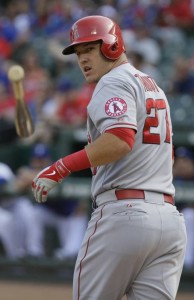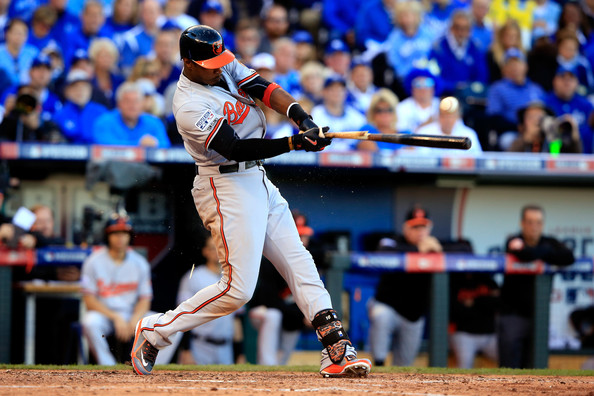Wake Up Baseball Fans – WAR is Fake and Meaningless 3
As a baseball fan who has been paying attention to baseball stats since the early 1970s when my primary motivation to learn to read was so I could read the statistics on the back of baseball cards, I have reached my limit with those baseball “stat geeks” who have taken the game I love and turned it into a mathematical equation that seems more designed to show how smart they are rather than really identifying who the best baseball players are.
I started reaching my limit over the last several years when the sabermetrics craze has minimized some baseball greats while pushing others to a higher level, regardless of what their real statistics say.
The greatest example of this is Los Angeles Angels star Mike Trout. If you judge baseball based simply on sabermetrics, you will likely try to argue that he is the greatest baseball player since Babe Ruth, heck, maybe even better.
Now, don’t get me wrong, Mike Trout is a great player, but I am not yet ready to consider him in the same conversation as some of the all-time greats.
Earlier this year, there was an article claiming that Trout was on his way to having the greatest single season in baseball since Ruth. That sounds amazing, but at the time he was hitting .below .300 and was not ranked among the league leaders in home runs or runs batted in.
What the sabermetrics folks have done is change the definition of what is considered important in judging the success and greatness of a baseball player.
For generations, batting average, home runs, extra base hits and runs batted in were the primary stats used to judge greatness. Heck, those were most of the stats listed on baseball cards when I was growing up. Secondary to those would be things like runs scored, on base percentage and slugging percentage.
Beginning in the mid-1980s with the publication of Bill James Baseball Abstract and continuing at a greater pace as fantasy baseball (originally known as rotisserie baseball) started building in popularity, there has been a growing desire among some baseball fans to look at the value of players in different ways.
Bill James originally devised the idea of “win shares” and that concept has been taken to a greater extent through sabermetrics with what is now considered by some baseball fans as “THE” measurement statistic of a player’s value known as WAR (Wins Above Replacement).
While I am not going to pretend to know enough about WAR to explain how it is computed, it is very clear that at some level WAR is designed to reward players who do more than just get base hits, drive in runs and hit home runs. Players who score well in WAR tend to get on base a lot, score runs and are quality defensive players.
In 2012 there was quite an uproar when the old school baseball definition of greatness clashed head-on with the new school definition of value for the American League Most Valuable Player Award.
At first glance, the 2012 AL MVP voting should have been a “no brainer”. Detroit Tigers slugger Miguel Cabrera had an amazing season in becoming the first American Leaguer since Carl Yastrzemski in 1967 to win the triple crown (lead the league in home runs, batting average and RBIs). Read the rest of this entry →





